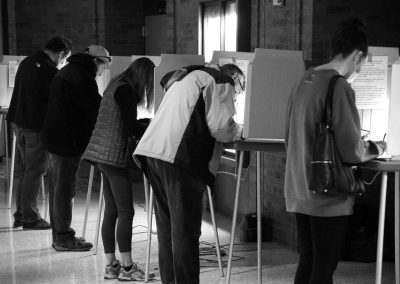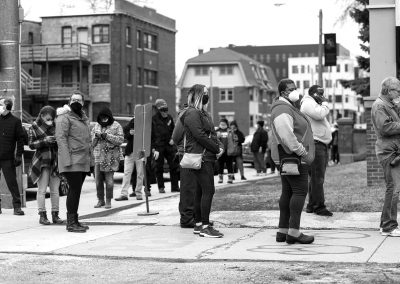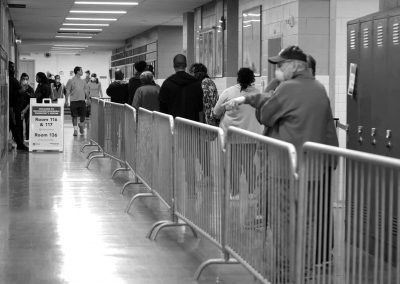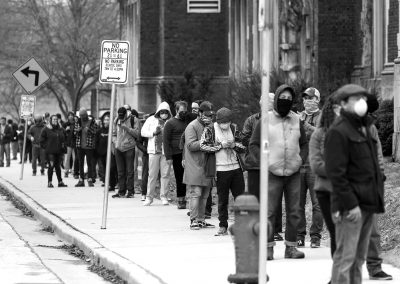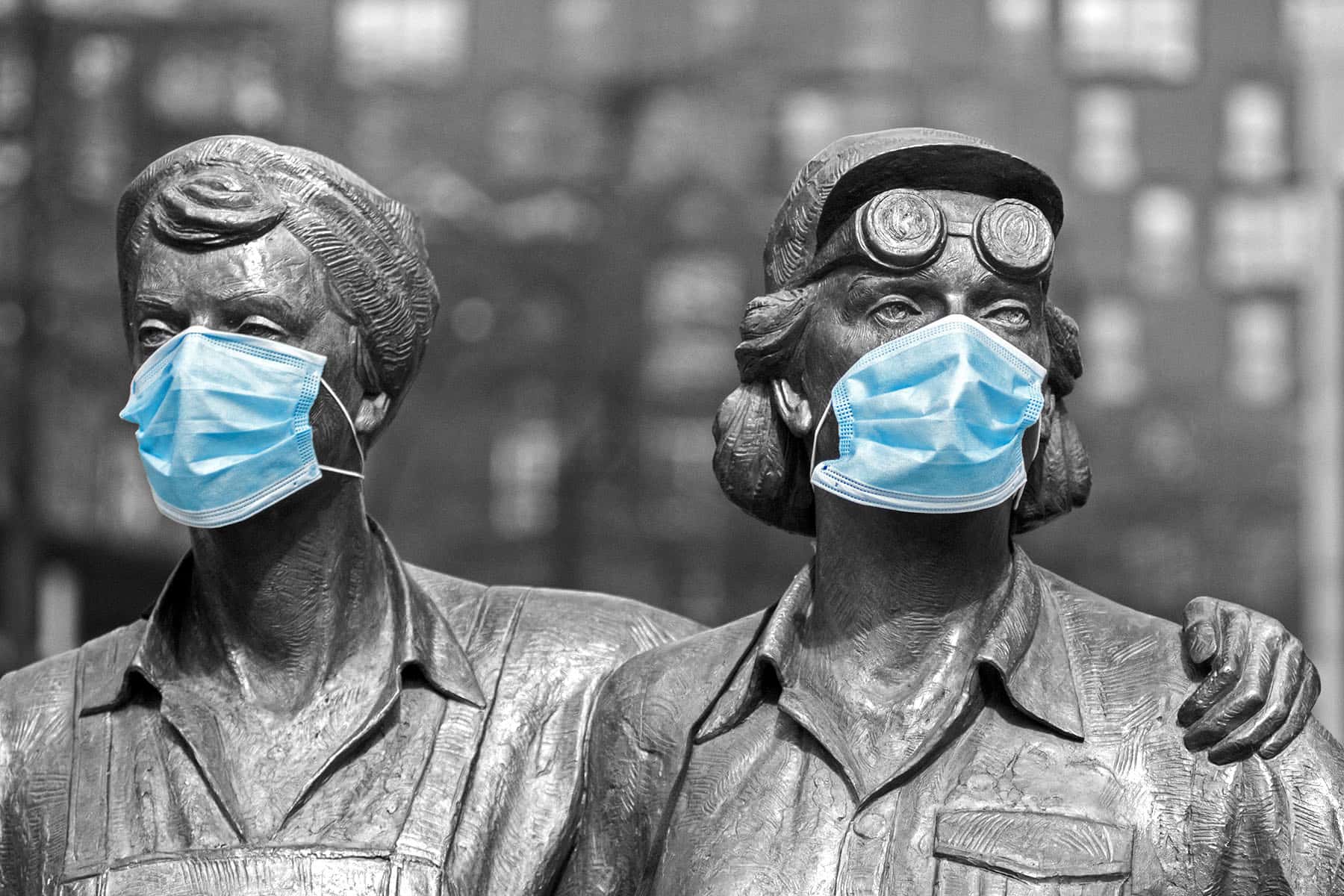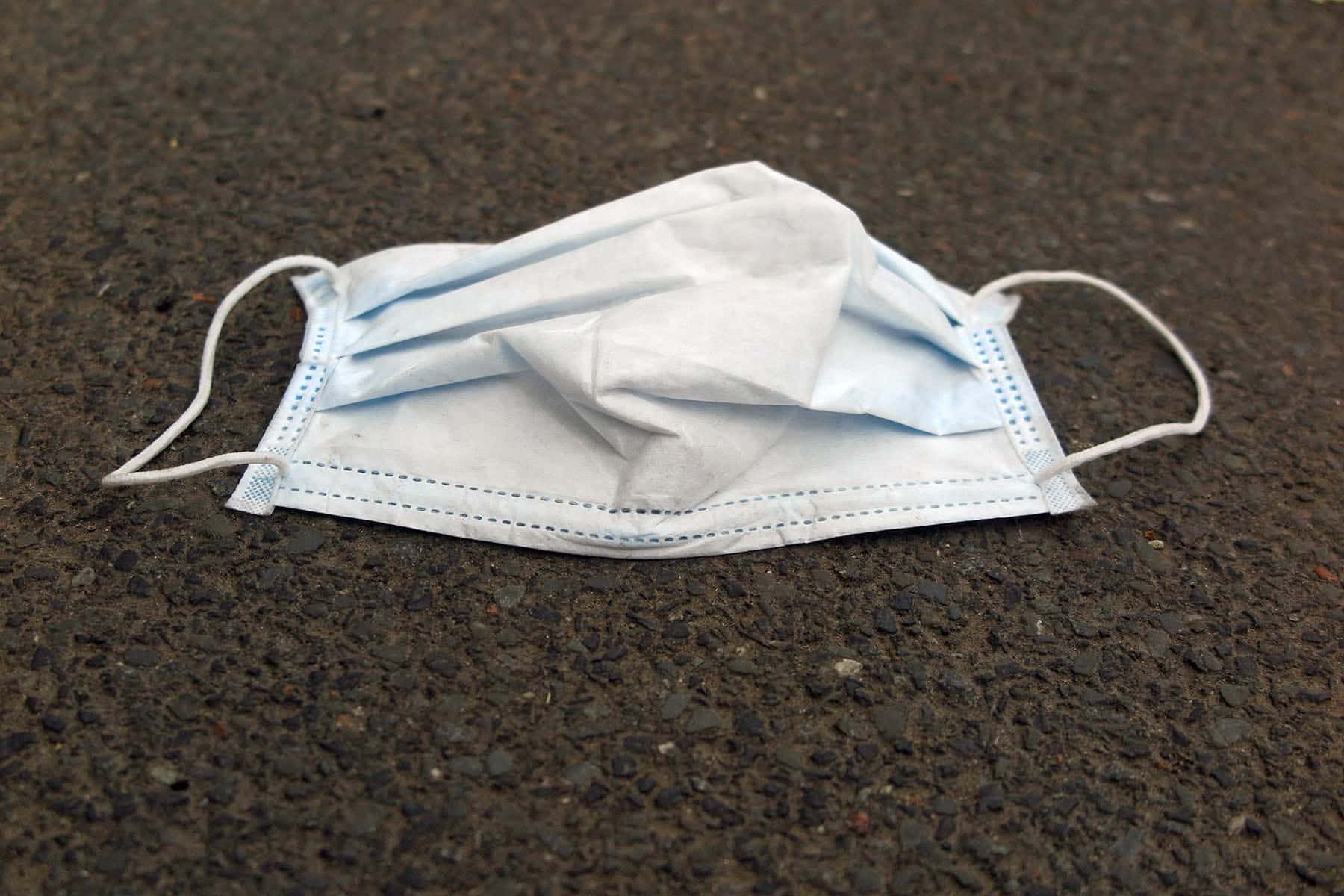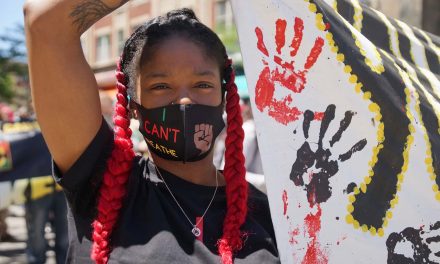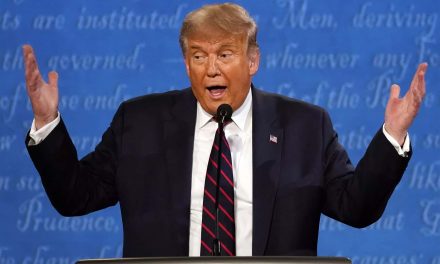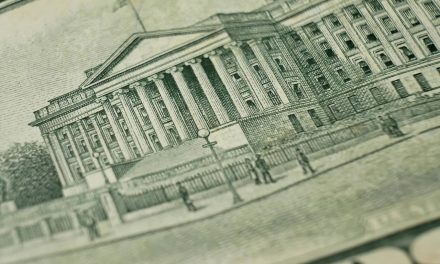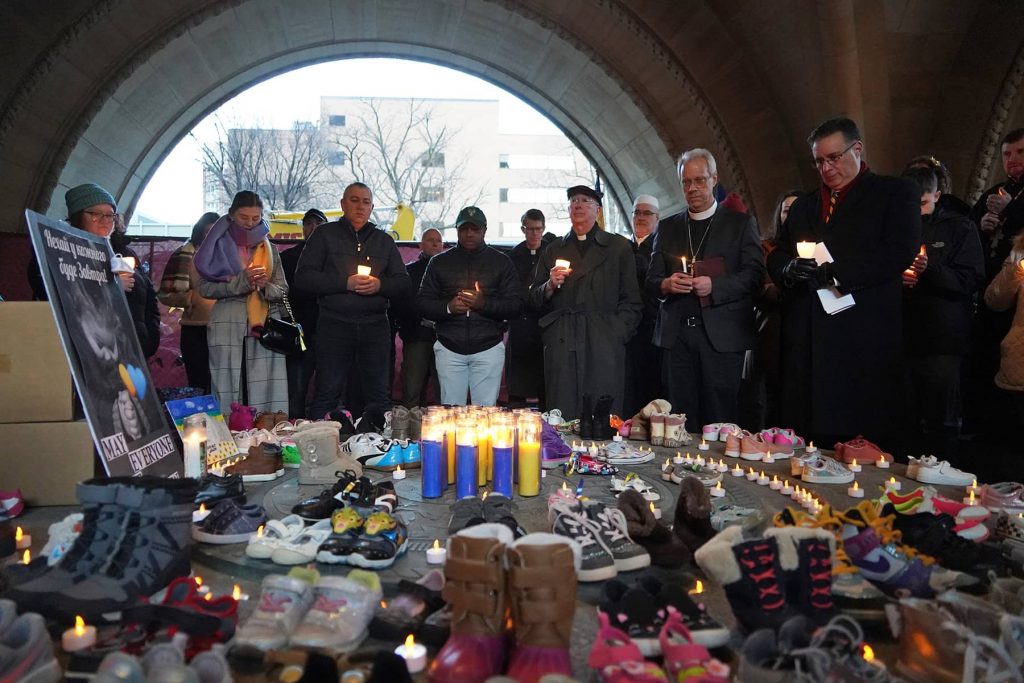
“True heroism is remarkably sober, very undramatic. It is not the urge to surpass all others at whatever cost, but the urge to serve others at whatever cost.” – Arthur Ashe
“Heroism often results as a response to extreme events.” – James Geary
People the world over love heroes. Great and not so great novels have been written about our heroes. The story of individual and collective heroism is a part of the defining mythology of every society. Those who get to name heroes are generally those who also write our histories.
We live in a society that compels us to see certain people and professions as heroic. In the face of this horrific pandemic the word hero has been used often. This is obviously with good reason. Those risking their lives to save their fellow citizens are on the frontlines of the most difficult health crisis in modern times. Many of them have paid the ultimate sacrifice. We celebrate them because they gave their lives in the greatest of human feats, trying to save the life of someone other than himself or herself.
It is the ultimate act of selflessness to live your life for the benefit of others. As we pay honor to those daily sacrifices made by so many unnamed heroes I think we need to reassess whom the heroes and heroines in our society are. Some are obvious. We no doubt must honor all of the nurses, doctors and EMT’s that are on the front lines of this pandemic.
Much less better known and not acclaimed are the respiratory therapists in hospitals around the country. This particular virus attacks our lungs and causes severe acute respiratory syndrome – also known as SARS, which is the basis for the official name of the virus SARS-CoV-2. Those in our ICU’s are fighting against lungs that no longer function properly. The respirator therapists are the operators of the ventilators that are in scarce supply but are saving thousands of lives. They have as close contact with COVID-19 patients as anyone.
In China and Italy as well as Spain many healthcare workers have been infected and lost their lives after being in the room with patients. We are beginning to hear about the loss of lives of these same professionals in America. It is truly a grand tragedy when the illness we are fighting is fighting back by killing those best qualified to treat and eventually save our lives. Far too many are overworked, overburdened and close to the breaking point.
None of us can imagine the true difficulty of the sacrifices they are making. We have seen movies and television shows that purportedly show us what it is like on the frontlines of a pandemic. None of them remotely approaches the reality of the lived experiences in the emergency rooms and ICU’s. It’s not possible to explore their emotional roller coaster ride even if we can imagine the physical exhaustion our medical professionals are dealing with.
It is much more than simply the unbelievable intellect and skill required to save lives that we need to understand. Despite their best efforts many patients have and will continue to die. These brave individuals have to live with the pain of seeing people they fought for die daily. They must provide a measure of emotional support for their patients on a level that is generally never required. Because of the nature of the infectiousness of the virus, family members are not allowed to be at the bedside of their loved ones or even in most cases now even in the hospital. These healthcare workers risk bringing the virus back home to their loved ones also.
“There are so many ways to be brave in this world. Sometimes bravery involves laying down your life for something bigger than yourself, or for someone else. Sometimes it involves giving up everything you have ever known, or everyone you have ever loved, for the sake of something greater. But sometimes it doesn’t. Sometimes it is nothing more than gritting your teeth through pain, and the work of every day, the slow walk toward a better life. That is the sort of bravery I must have now.” ― Veronica Roth, Allegiant
Because of isolation orders we must say goodbye to sick loved ones from long distance by phone if we are lucky. Because so many have passed suddenly, in a lot of cases we are not even afforded that opportunity. I’ve read multiple accounts of people who appeared to turn the corner and get better, only to die a short time later.
My father is ill with the virus. He is currently not ill enough to be hospitalized any longer fortunately, but that could change at any given moment. One of my wife’s cousins died recently after a short-lived battle with COVID-19. No one from the family was at his side. His wife is in intensive care in the same hospital, her illness and hospitalization preceding his. We never imagined he would be gone before her.
Despite the fact that her husband was exposed to her illness and their son carried his mother to the ambulance, her doctor refused to order a test for either of them. Just over a week later the husband is dead and the son has finally been tested after showing symptoms and he too has the virus and is sick.
We should be ashamed that we are only testing those with symptoms only because we were so ridiculously unprepared for this outbreak. Anywhere from 25 to 50 percent of carriers of the virus are asymptomatic and can’t get tests. A tiger in a zoo in New York was able to get a test. NBA players with no symptoms were routinely tested when Utah Jazz star Rudy Gobert tested positive in early March. The fact that not enough test kits and reagents for them are available is beyond a national shame for the richest country on the planet.
“Those who fail to plan, plan to fail.” – Malcolm X
There is no excuse I will accept for this calamity. Severe Acute Respiratory Syndrome (SARS) of 2003, H1NI flu in 2009, Middle East Respiratory Syndrome (MERS) in 2012 were all warning signs. We knew some contagion was coming along at some point. Our national leadership dropped the biggest ball in history. I know some will say that hindsight is 20/20. In this case it does not work. The lessons of past pandemics were ignored. Three worldwide pandemic outbreaks of influenza occurred in the 20th century: in 1918, 1957, and 1968.
The most well known and talked about was the Spanish Flu pandemic in 1918. The origins of this virus have been argued about for the past one hundred years. Dr. Richard E. Shope Associate Member of The Rockefeller Institute for Medical Research at Princeton University gave a lecture entitled The Influenzas of Swine and Man on March 19, 1936.
Dr. Shope spoke about evidence found in the late summer of 1918, of a disease not previously recognized in swine which closely resembled influenza in humans, that appeared in western Illinois. The disease killed many pigs at the National Swine Breeder’s Show in Cedar Rapids, Iowa in September and October 1918. As the pigs returned to their homes after the show, the disease spread rapidly among others. It quickly spread to herds in Iowa and other parts of the Midwest. Evidence shows that it was moving from humans to swine rather than the reverse, which would normally be expected.
According to the Centers for Disease Control (CDC) by March 1918, “More than 100 soldiers at Camp Funston in Fort Riley, Kansas become ill with flu. Within a week the number of flu cases quintuples.” The first reports in a public health journal of the influenza were in Haskell, Kansas where 18 individuals had severe illness and three died. This virus officially became the H1N1 flu.
As hundreds of thousands of American soldiers travelled to the battlefields of Europe in WWI they took the disease with them and it grew exponentially. In September, a second wave of the virus spread at a U.S. Army camp and naval facility near Boston. Most of the deaths from the two-year long pandemic occurred during the second wave of the virus. By the end of the month, one-fourth of the 14,000 soldiers at Camp Devens near Boston had contracted the flu and nearly 800 had died. October would prove to be the deadliest month in the United States when an estimated 195,000 died of the highly contagious virus. A shortage of nurses due to their deployment in the war and the racist practice of refusing to use African American nurses exacerbated the tragedy here.
Philadelphia ignored the growing pandemic by hosting a Liberty Loan parade, to promote the government bonds that were being issued to pay for World War I, on September 28, 1918 with about 200,000 people attending. It would prove to be a devastatingly poor decision. In just a few days, over 600 sailors in the Philadelphia naval yard were infected. Six months later over a half million people in the city were sick and 16,000 had died.
By contrast, St. Louis had canceled its parade due to concerns over the virus and partly as a result of this decision, less than 700 died of the flu there. Around the country an estimated 22 million were infected and 675,000 died during the pandemic. During the pandemic, schools, movie houses and theaters around the country were closed and people were prohibited from gathering in public. The CDC reports that, “San Francisco’s Board of Health requires any person serving the public to wear masks and issues strong recommendation to all residents to wear masks in public.”
The current attempts to slow down COVID-19 deaths are not new to America; we simply have short memories. American troops took the virus to Spain where it spread to 80 percent of the population and killed so many it became known as the Spanish Flu. Most people died within a few days of being infected. As it continued to kill through 1919, some estimate that 500 million around the world were infected and at least 50 million died. A third wave of the disease in the winter and spring of 1919 killed thousands more, and by June the virus was pretty much gone. That April, while at the Versailles Conference for the signing of the treaty ending WWI, President Woodrow Wilson collapsed and some speculated he had the virus that was still prevalent in Paris at the time.
In 1957 an outbreak of flu sickened 250,000 in Hong Kong. This influenza virus became known as the Asian Flu or officially H2N2. It would kill about 116,00 in the United States and 1.1 million people worldwide by 1958. A third deadly flu also began in Hong Kong in1968. It would come to be known as H3N2 and killed 100,000 Americans and about one million people worldwide.
These three pandemics killed millions around the world and should have been a lesson for the world to learn from now. The 1918 pandemic because it killed so many, is well known today. The other two are barely remembered or talked about even though they were much more recent. The 2009 H1N1 pandemic the second H1N1 outbreak lasted from January 2009 to August 2010 and killed just over 18,000 people and led to 980 schools being dismissed in the United States in May 2009, affecting 607,778 students.
The MERS, and SARS killed relatively few because of the speed at which they sickened people. Each of these led to severe illnesses quickly and therefore did not give its victims time to spread it to large numbers of other people. Both of these were coronaviruses but effected people in a way the current virus does not. This current version sickens people slowly if at all. Significant numbers of those infected are asymptomatic allowing them to infect people silently.
As a result, those who shed the virus, infect multiple people because they appear to be perfectly healthy. We are not testing asymptomatic people, and a lot of people will never know they have the virus. This undercounting due to testing so few, mask the true extent of infection and the real number of cases will never be known. Unfortunately the unknown carriers lead us to a severe undercounting of cases in the United States as well as around the world. Likewise, many are dying without being diagnosed with the virus and are left out of the official counts around the world.
As we speak about the heroes of this time we focus our efforts on first responders like police, EMT’s and clinic and hospital staff. What we ignore are others who unwittingly are forced to risk their lives.
Fast food restaurant workers are consistently exposed even if they are serving customers in drive-thru windows only. All of the clerks at grocery stores as well as the people we rarely see who stock the shelves are exposed without personal protective equipment. The cash register clerks at least are beginning to receive Plexiglas barriers to protect them. The CNA’s at our nursing homes get no recognition for the work they do providing for ill patients who have the virus. Nursing homes around the country have been hotspots of the infection.
Many years ago one of my mentors, Tony Courtney, told me we should treat sanitation workers with as much reverence as doctors because they save our lives by removing trash that could kill us if not collected. That thought sticks in my mind when I see images of low wage workers cleaning hospitals, clinics, grocery stores and wiping down the podium at the White House Daily Coronavirus briefings.
The migrant farm workers supplying us with food who cannot socially distance on our farms and the thousands of workers in meat processing facilities who are considered essential workers are not being protected as they risk their lives to provide the masses with food. Where would we be without the truckers who transport our food and other items from city to city so that our grocery stores stay full, all the while with no personal protective equipment?
We love our service members who we thank for their service and call them heroes even if they have never been in a battle zone in their entire career because we know it could happen at any given moment. We are still not properly protecting medical workers and many have been fired for speaking about this unconscionable action knowing they could contract the virus easily on any workday.
I feel it is time we begin to recognize the other heroes and protect them as well. I’m tired of valuing some lives more than others. Heroes don’t need to carry a gun or serve in our military to be celebrated. As we look back on this time years from now, I hope we realize how many people fit the mold of heroes who risked their lives for all of us with no fanfare or acknowledgement, wittingly or unwittingly.
The other heroes of this time will be the leaders who were willing to make the tough decisions to protect us all by ordering us to stay at home for the good of the human race. They were selfless to ignore the cries about getting back to work. Of course we all need money, but it is not worth more than our lives.
“As my sufferings mounted I soon realized that there were two ways in which I could respond to my situation — either to react with bitterness or seek to transform the suffering into a creative force. I decided to follow the latter course.” ― Martin Luther King Jr.
“The ultimate test of man’s conscience may be his willingness to sacrifice something today for future generations whose words of thanks will not be heard.” ― Gaylord Nelson
© Photo
Francisco Àvia, Tim Dennell, Claudio Martinez, Marshall WesTank, and Lee Matz

